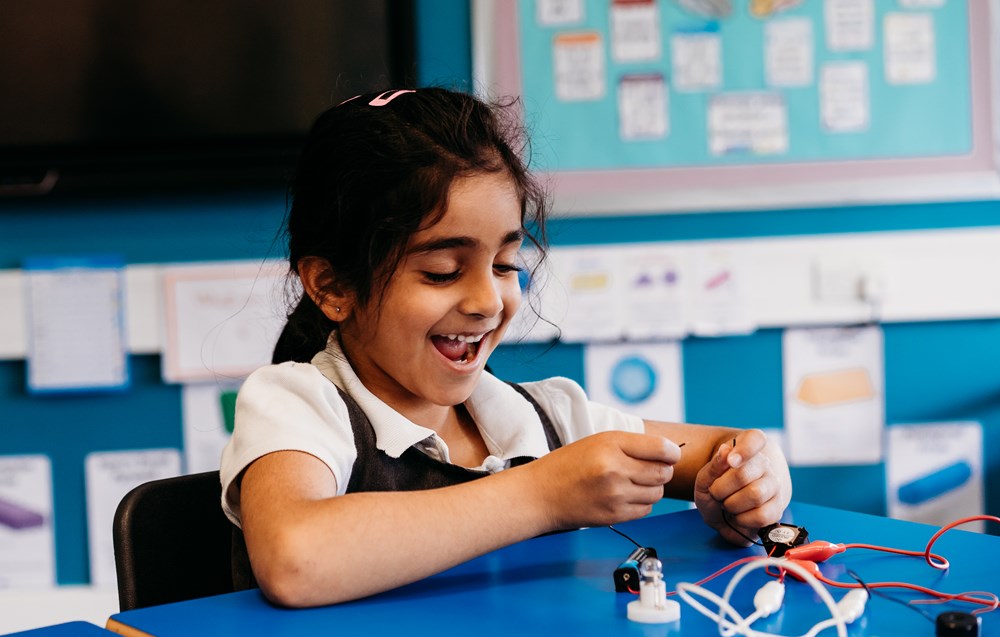Hold an Engineering Day
Plan a day to celebrate engineering. An obvious choice for the date would be World Engineering Day which celebrate engineers and engineering on 4th March each year, however, any day will do.
Choose a theme, e.g. renewable energy or food packaging. Choose a focus for learning, e.g. taking measurements and recording results, or applying knowledge of materials. Keep in mind your school context, the current cohort of children and the school development plan. Look for a theme and focus that will link to children’s lives and provide opportunities to improve a whole school target.
Book some visitors. STEM ambassadors can help to bring STEM subjects alive, contextualise the curriculum and provide real-life examples of engineers and engineering. Registering and requesting a STEM Ambassador via the website is quick and easy. Once you are signed in you can advertise your event – interested STEM ambassadors will then contact you. Other avenues include contacting local businesses, local secondary schools or local universities.
Involve parents and families, and wider community. Depending on your theme, they can be invited in to share something, to help in classes or to see children’s work at the end of the day.
Suggest resources or provide links to recommended resources based around the chosen theme. As a minimum, this should include suggestions/recommendations for EYFS, KS1, LKS2 and UKS2.
Below are some useful starting point for activity ideas with strong links to the curriculum:
Provide support for staff: time to talk through the activities and/or resources needed. Support may include arranging extra adults.
Launch the day with an inspiring whole school assembly. Include an introduction to what engineering using a video such as one of these on the STEM Learning website:





